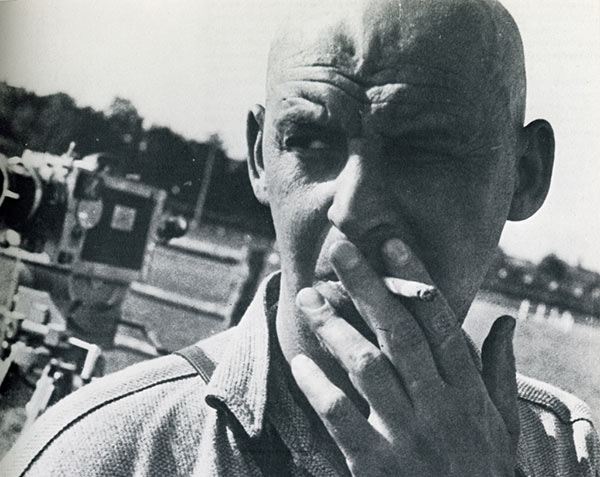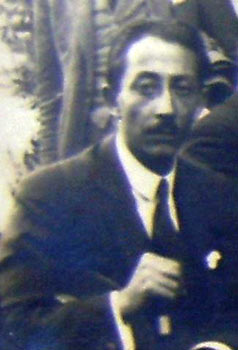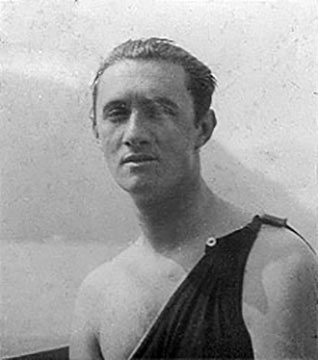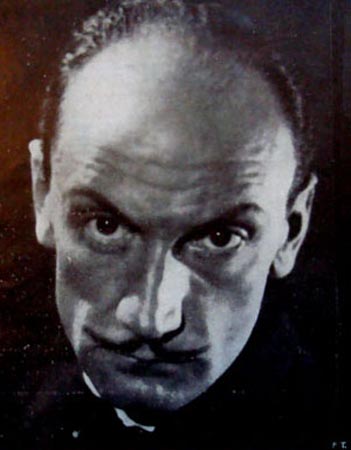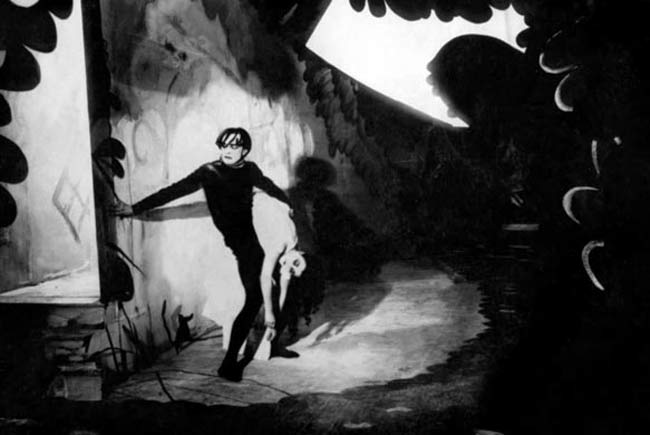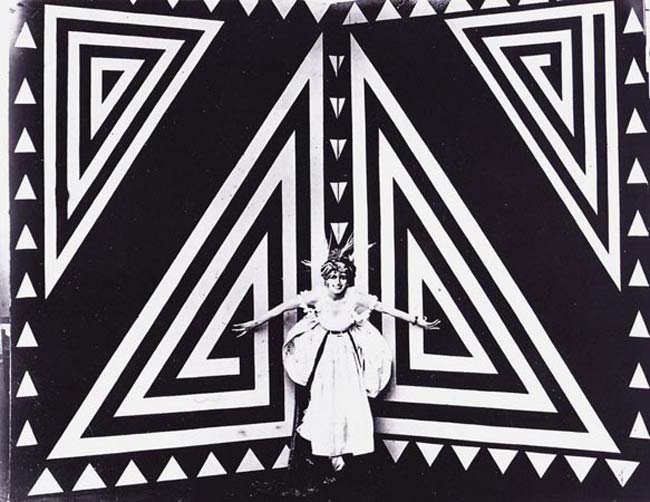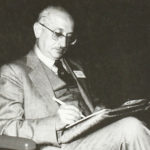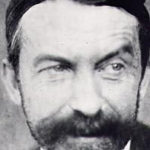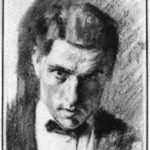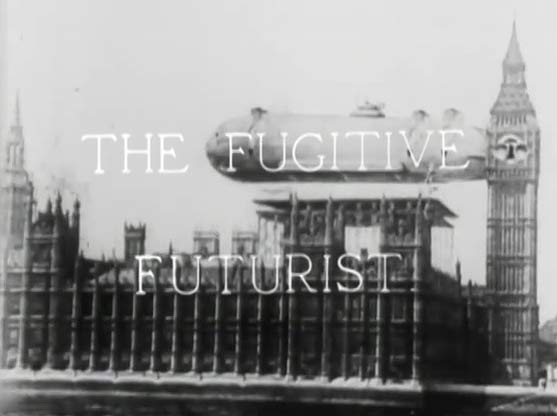
The Fugitive Futurist (1924)
(English)
AKA: A Q-riosity
Director: Gaston Quiribet as Q
Production: Hepworth Studios (United Kingdom)
Year: 1924
Duration: 10′
An inventor demonstrates to a broke horse race gambler his machine which makes it possible to see how things will be in the future.
This short comedy by Gaston Quiribet, a Frenchman who directed films for Hepworth Studios in England, is probably the first example of a film about time travel. An inventor presents to a man who has lost all his money in horse betting his machine which makes it possible to see what the future will look like. The machine is similar to a camera and shows first things as they are now, and after a transition looking like a stuck film burning in front of a projector’s lamp, how they will be in the future.
With the use of simple tricks based on double exposure, we see how various places in London could be in the future: Trafalgar Square would be next to the sea (an anticipation of global warming?), the House of Parliament would serve as a terminal for airships, and a train would run on the upper level of Tower Bridge.
The gambler is only interested to know whether the machine could show the result of the next horse race. The inventor demonstrates that it is possible, showing even a freeze frame shot of the finish of the race to identify the winner without doubt. The inventor is happy to give his machine to the gambler for free.
Unfortunately for the gambler, two guards appear at that moment and bring back the inventor to the insane asylum where he belongs. The gambler opens the box given by the inventor and discovers that there were only two bricks inside. The film then turns to slapstick with a fight between the inventor and the guards.
So, there is actually no time machine in the film but rather a brilliant demonstration of the way cinema can manipulate the spectator. We were made to believe that we were watching a demonstration of a time machine, but in fact the film was only illustrating the narration made by the alleged inventor. This process of the “unreliable narration” had already been used for example by in Robert Wiene in Das Cabinet des Dr. Caligari.
